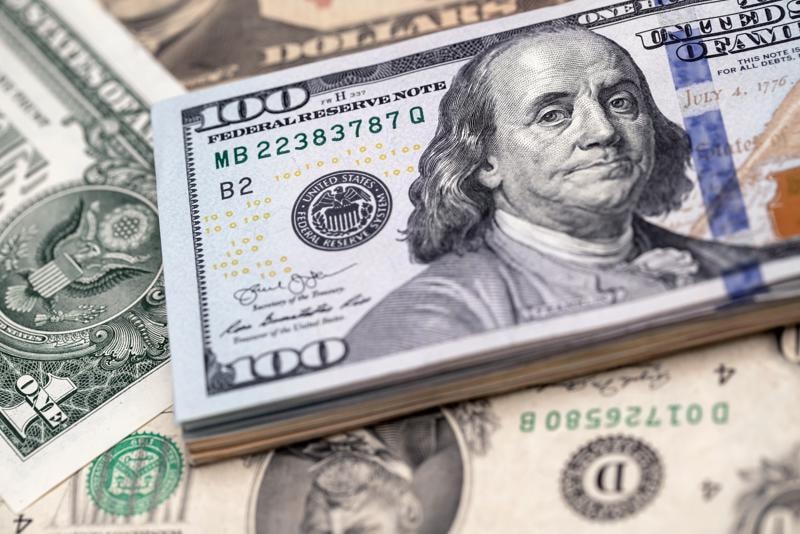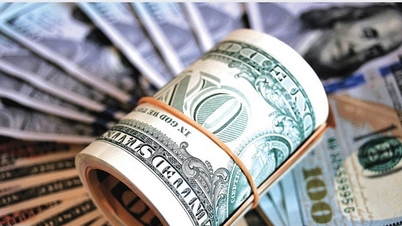World currency exchange rates
The dollar fell in the last trading session, as investors prepared for US President Donald Trump to fight a US trade court ruling that rejected most of his proposed tariffs.
Accordingly, in a ruling issued late on May 28, a panel of three judges of the US Court of International Trade declared that President Donald Trump's administration had exceeded its authority when imposing comprehensive tariffs on imports from countries with trade surpluses with the US.
The court affirmed that under the US Constitution, Congress is the only body with the power to regulate trade with other countries. This power cannot be overridden by the president's emergency powers - intended to protect the US economy .

The US currency has weakened on concerns that tariffs will slow the economy and stoke inflation, while inconsistent implementation of Mr Trump's policies is seen as reducing the appeal of US assets to foreign investors.
The US Federal Reserve (Fed) kept interest rates unchanged due to concerns about higher inflation, as Fed officials wait to see how trade policies will affect the US economy.
In a private meeting at the White House on May 29, Mr. Trump said that Fed Chairman Jerome Powell made a “mistake” in not lowering interest rates.
Pessimistic sentiment about the US economic outlook eased earlier this week after President Donald Trump postponed plans to impose 50% tariffs on imports from the European Union late last week.
The euro rose 0.73 percent to $1.1374 after falling to $1.1209, its lowest since May 19.
The dollar fell 0.57 percent to 143.99 yen against the yen. It had earlier hit 146.28, its highest since May 15.
The dollar fell 0.59% against the Swiss franc to 0.822.
The greenback also weakened after news that the number of Americans filing new claims for unemployment benefits rose more than expected last week, and that the unemployment rate likely continued to rise in May, suggesting layoffs are increasing as tariffs cloud the economic outlook.
Investors are also watching the progress of a tax-cut and spending bill being passed by Congress , which is expected to add trillions of dollars to the debt over the next decade. Some Republicans have criticized the bill for not cutting enough spending.
US Treasury yields rose last week and demand for the Treasury's 20-year bond auction fell, as concerns grew about the US fiscal outlook.
The yen also weakened against the dollar earlier this week, following reports that Japan would consider cutting back on ultra-long-term bond issuance following a recent sharp rise in yields.
Domestic foreign exchange rates
In the domestic market, at the beginning of the trading session on May 30, the State Bank announced the central exchange rate of the Vietnamese Dong against the USD increased by 15 VND, currently at 24,962 VND.
* The reference exchange rate at the State Bank's transaction office increased slightly, currently at: 23,764 VND - 26,160 VND.
USD exchange rates at some commercial banks are as follows:

* The EUR exchange rate at the State Bank's buying and selling exchange center decreased slightly, currently at: 26,621 VND - 29,423 VND.
EUR exchange rates at some commercial banks are as follows:

* The Japanese Yen exchange rate at the State Bank's exchange office for buying and selling has slightly decreased, currently at: 162 VND - 179 VND.
The YEN exchange rate at some commercial banks is as follows:

Source: https://baodaknong.vn/ty-gia-ngoai-te-hom-nay-30-5-dong-usd-quay-dau-giam-254069.html































































































Comment (0)